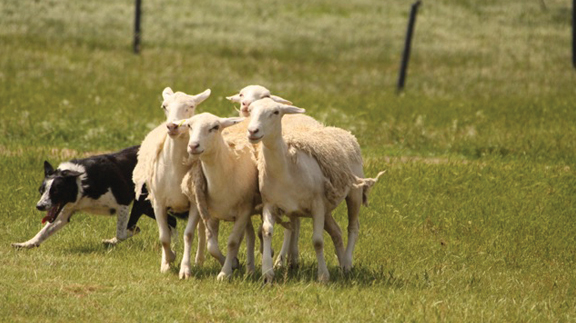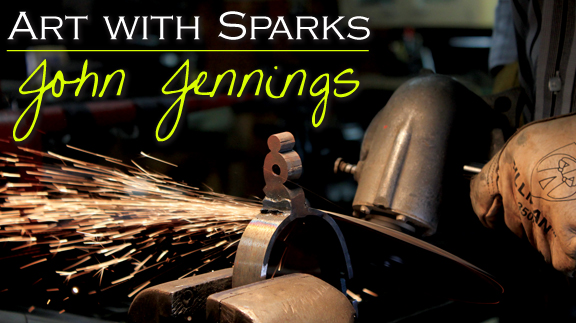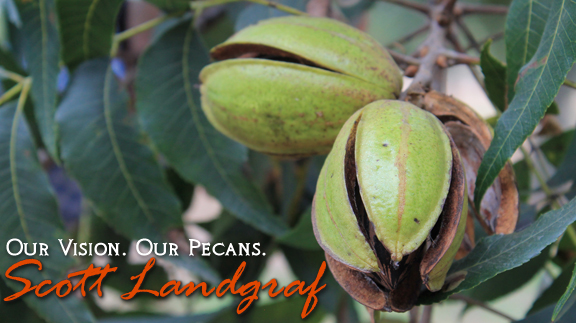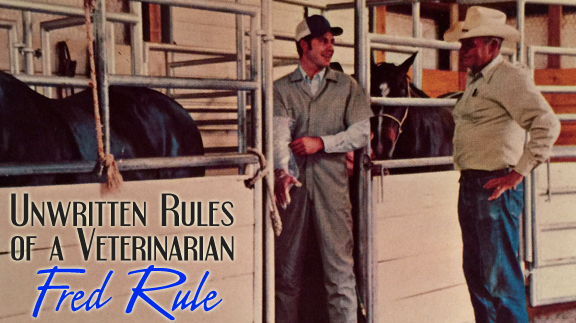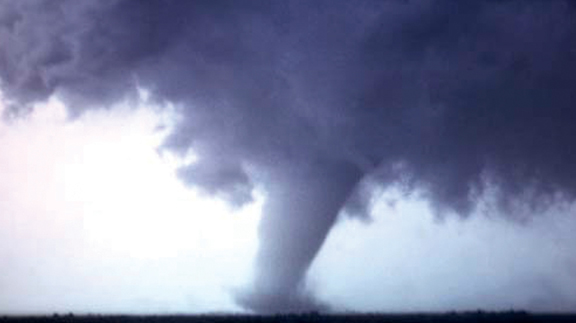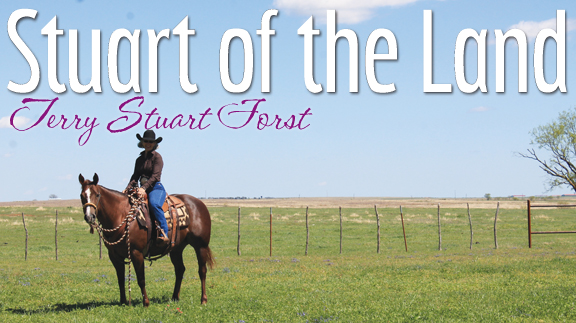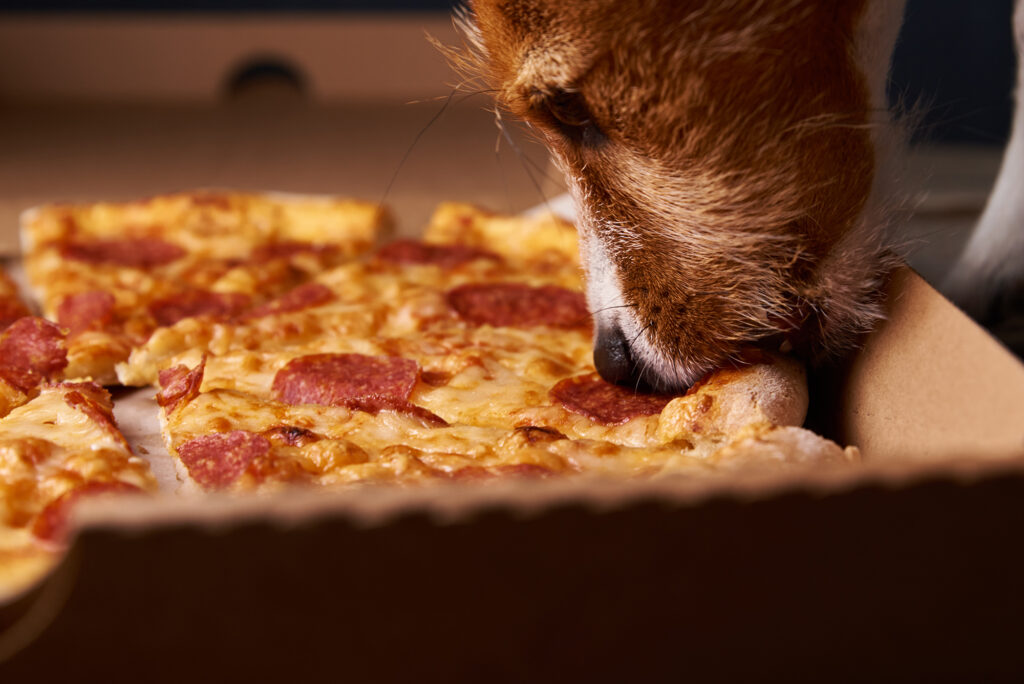Country Lifestyle
July 2017 Profile: J.W. Hart

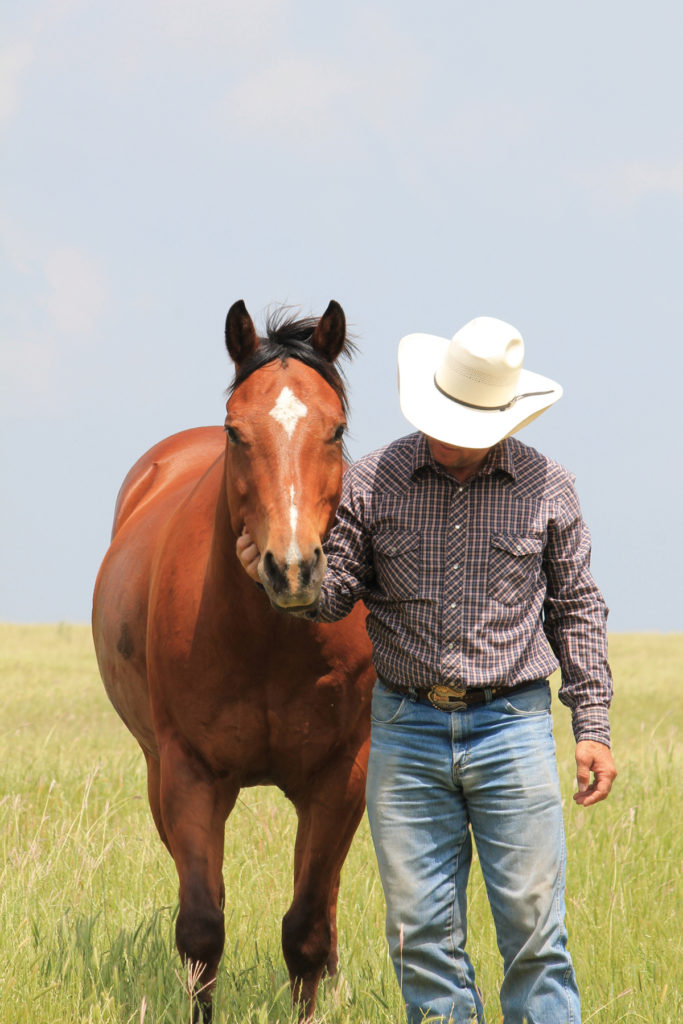 Riding Bulls to Raising Kids
Riding Bulls to Raising Kids
By Laci Jones
With a career as a professional bull rider that spanned more than 15 years, J.W. Hart was the 1994 Professional Bull Riders Rookie of the Year, 2002 PBR World Champion and later started the J.W. Hart Challenge that takes place each year in Decatur, Texas. However, these days Hart enjoys spending time with his family and raising cattle on the 240-acre ranch in Overbrook, Okla.
“J.W.’s bull riding career is one thing, our marriage is one thing and our kids are one thing, but the connector has been God,” said J.W. Hart’s wife, LeAnn Hart.
The bull rider was born in Marietta, Okla., in March 1975, with rodeo in his veins. His father rode bulls before Hart was born and shortly after. His mother barrel raced, later becoming a secretary.
Hart tried his hand at calf-roping, barrel racing and goat tying in junior rodeos, but he found his passion in bull riding. Both Hart and his little brother learned how to bull ride from their father from the first time they got on calves.
“My mom and dad would say when I was a kid, ‘I swear to God if somebody broke that kid’s head open it’d be nothing but bucking bulls coming out of there,’” he laughed.
Hart was an athlete in the arena as well as on the field. The football coach later told Hart he needed to choose between the two sports. After choosing rodeo as his primary sport, Hart continued to hone his skill as a bull rider.
He idolized bull riders including Donnie Gaye and Lane Frost. In 1986, the young bull rider had the opportunity to practice with Frost, who became the National Finals Rodeo World Champion Bull Rider the following year.
“It was pretty cool to practice the same day that Lane Frost was,” Hart recalled. “He was my hero. I looked up to him as an idol. You didn’t know what he would grow into, even after his death. He’s just bigger than life.”
Frost had an impact on the 11-year-old, giving him occasional advice and sending him hand-me-down shirts. The shirts were given away, and Hart said he would give anything to have those shirts back.
“What I remember most is the fact, that when I broke it down in later years, [Lane Frost] was telling me really the same thing that my daddy was telling me that I didn’t believe,” he added. “But when your hero, or your idol, tells you, well, then, it’s just the gospel.”
Hart knew at a young age he wanted to compete professionally. The PBR was not formed at the time, so he dreamed of being of competing in the National Finals Rodeo and become a world champion bull rider.
“I did know from a really, really young age that what I wanted to be is a bull rider,” he added. “I never had dreams or aspirations to be an astronaut, or a doctor, or a scientist.”
He was too young to remember the first time he rode a bull, but the first time he rode a full-grown bull was memorable for Hart. The 12-year-old bull rider had teeth shoved underneath his eye socket and broke his upper jaw. However, he was resilient and kept improving as a bull rider.
By the time he was 18 years old, he was making a name for himself. When the PBR first formed, the qualifying system used today did not exist. Instead, the best in the world as well as new riders were invited, including Hart.
“They didn’t have to chase me very far,” Hart joked. “All they had to do is look out the window, and I was standing there. That’s how I got my start. I got an invite, made the list a few times right off and they let me keep coming back.”
One of his first rodeos in the PBR was in the old Texas Stadium. He was an alternate who found out he was going to compete the week before. Hart met the buzzer when he rode Voodoo in the first round, attributing the successful ride to the muddy arena.
“Nobody ever really rode that bull ever, and I rode him in the mud,” Hart explained. “Probably the mud is why I rode him. He didn’t have quite the day he was capable of.”
The former professional bull rider said the rides throughout his career have become a blur, but one of his more memorable rides was at the second PBR World Finals in 1995 when he rode a bull named Erkel.
“I remember that one really well,” he explained. “It probably wasn’t my best ride ever. I know it wasn’t the highest score ride ever because it was only 89 points, but it was probably one of my favorite rides.”
He said it was one of his favorites because he discussed the upcoming ride with friend, Cody Lambert. When Hart asked Lambert what he thought would be a good way to ride Erkel, he replied, “When the gate opens, just start spurring.”
When the gate opened in 1995, Hart immediately started spurring. Looking back, Hart said he rode him that way to say to Lambert, “You told me what to do; I can do it.”
Another memorable ride occurred two years later at the Calgary Stampede, where he rode Kodiak. Again, Hart said it was not his highest scoring ride, but only one other bull rider had ever ridden him.
“One of the greatest bull riders of all time, Troy Dunn, was the only guy at the time to ever make the whistle on that bull. I think that was one of my best rides, not just because it was for the $50,000 bonus that day. It was at my favorite rodeo of all time, and we’d all just come together. That was one of the most memorable moments.”
Toward the end of his career as a bull rider, Hart was presented the opportunity to get into broadcast. After he was finished riding for the day, the network was looking for a different perspective from one of the riders, he explained. The bull rider filled in and talked with the commentators about his views on the championship round. The following year, he was offered a job as a broadcaster for PBR.
“I had enough common sense about me to know that my career was in the later years,” he added. “I wasn’t feeling good anymore, and my body was starting to not react the way I needed it to.
“Not that I probably couldn’t have went another year and fought through it, but I thought if I went on trying that I might miss the window of my next career, next opportunity. I was starting a family, and had somebody else to think about besides myself, so it was kind of a natural progression to do something different.”
More than 10 years after his slight career change, Hart is still broadcasting along with other former bull riders including Justin McBride and Ty Murray. Being a former bull rider and a broadcaster, Hart said bull riding has evolved in three major aspects including the bulls.
“The best bull then rivals the best bull today, there’s no doubt,” he began. “The very best ones don’t get no better. From middle of the road to the bottom, we got on the best bulls in the world then. But they’re nothing, absolutely nothing compared to the bulls that are going today.”
The second major change he has seen is the award money. Hart won $102,000 in his rookie year in 1994, which was a considerable amount at the time, he added. The 2016 PBR World Champion, Cooper Davis, won nearly $1.5 million.
Finally, Hart said bull riding is more mainstream than in ‘90s. Hart said bull riding was once considered a niche sport, almost a sideshow to other sports.
“Now, our guys are on the covers of Men’s Sports Fitness, on the front of the New York Times, and we’re getting on national television, and not just the CMT or TNN back when we had to pay for the time. We’re on CBS Sports and CBS on a weekly basis,” he explained.
Hart also decided to focus on his bucking bull program he started in 1995. He started the program toward the beginning of his career because he knew his career as a bull rider would not last forever, but he wanted to still be involved in the industry. Today, he has 55 head of cows that will be bred this year along with approximately 60 head of bulls. All cattle at the ranch are for sale, he added.
“Our cows make bucking bulls for bull ridings,” he stated. “We take care of cows that make calves to go to bull ridings. When we work cattle, we’re working bucking bulls.”
In January of 2015, he began preparing to make a comeback in the arena for Unfinished Business, where eight former PBR bull riders came out of retirement to compete in Decatur, Texas.
“I wanted to make a point because my son had been asking me, ‘Dad, I want to see you ride a bull,’” he explained. “I told him, ‘I don’t ride bulls no more.’ I showed him [videos] on YouTube, and he didn’t think that was fit. He wanted to see me ride a bull.”
Hart was planning on getting on a bull in the practice bull so his son Wacey could see him, when he got an offer for Unfinished Business. He said it was an opportunity to “kill two birds with one stone.” Wacey could see him ride while also making his last stand as a bull rider.
“I figured if I was going to do it, it was time to show my son that if you want to do something, you’ve got to put out the effort,” he added.
To set an example for his children, Hart trained for four months with a personal trainer and was on a strict diet. He said he was in the best physical shape of his career when he and Chris Shivers won Unfinished Business, splitting the $160,000 payout.
When asked if Wacey was satisfied with seeing him ride, Hart replied, “I think so. He better be because I ain’t doing it again.”
Hart’s wife, LeAnn supported him throughout his career as a bull rider, broadcaster and ranch owner. He first met his wife of nearly 12 years through mutual friends, each dating different people. LeAnn joked that her first thought of Hart was “he was a butt.”
“We were very competitive,” LeAnn added. “We had a crawfish eating contest, and I beat him. He’ll say it different, but I did.”
They did not cross paths for a couple of years until a bull riding in Tampa, Florida, Hart explained. The two started dating and were married in 2005. The Harts started trying to have kids soon after, but were unable to carry a baby to full-term.
“We have 11 babies in heaven,” LeAnn explained. “So, we got a little football team up there.”
They prayed over their options and explored adoption. In 2008, they were chosen to be parents and Wacey Hart was born in March 2009. A year later, Makayla Hart was born and the Harts adopted her.
Two years ago in September, the Harts got a call about a two-year-old local baby who needed a home. It took nine months to finalize the adoption of Elsie Hart. The Harts have been able to keep an open adoption with each of the parents they have adopted from.
They have also been foster parents for the last eight years, recently taking a break. A year ago, they took in a local teenage boy. LeAnn said they have not adopted him and he is not a foster child, but instead a local boy who needed a family.
As for the future, Hart joked that he would like to “make a gazillion dollars, retire and do what I want every day.” In reality, the former professional bull rider said he lives the life he has always dreamed. The Harts said God has blessed them with healthy kids, a beautiful home on the ranch and cattle.
“I’d like to say that next week I might change my mind and want to start surfing, but I don’t see that happening,” he added. “It’s bull riding. It’s always been bull riding.”
This article was originally published in the July 2017 issue of OKFR!
Country Lifestyle
Riding for the Brand
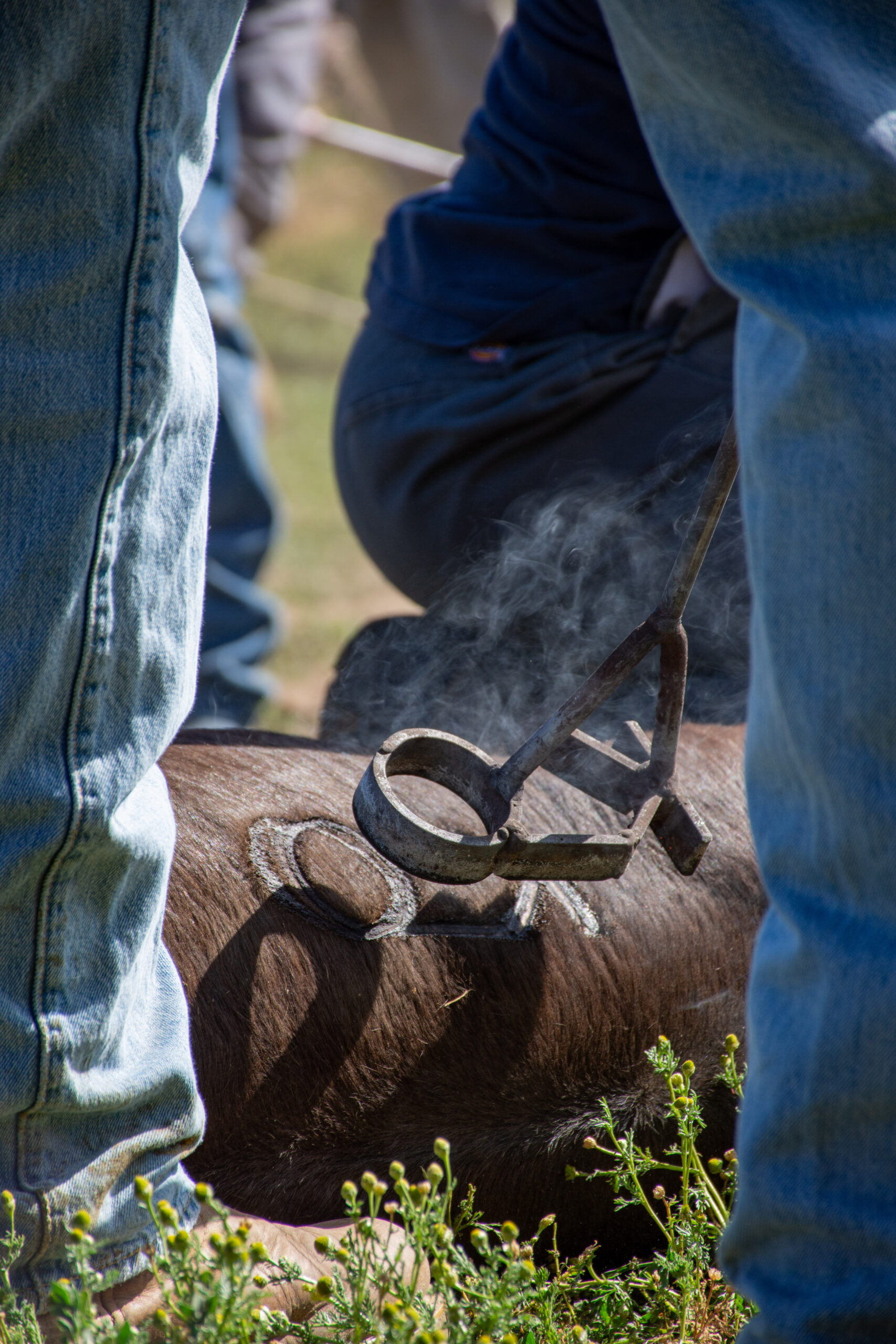
By: Christopher Dysinger
According to the Code of the West a man who has integrity is one who rides for the brand. If you are unfamiliar with cowboy parlance this phrase is used to describe being loyal to the outfit you work for. Cowboys were, “intensely loyal to the outfit they were working for and would fight to the death for it. They would follow their wagon boss through hell and never complain.” -Teddy Blue Abbot. Riding for the brand means being loyal and when I consider what it means to be loyal I am reminded of the words of the Lord Jesus to His disciples in Matthew 16:24, “Then said Jesus unto His disciples, If any man will come after Me, let him deny himself, and take up his cross and follow Me.” To me, to take up the cross and follow the Lord is the epitome of what it means to ride for the brand.
When you place your trust in the Lord Jesus you are signing on to His outfit, to speak the language of the West. When you called upon the name of the Lord Jesus by faith, He saved you and from this point you are riding for His brand. In taking up your cross and following Him you have pledged to be loyal, and this means you face any hardship or trial like a cowboy on the trail moving the herd. Any complaint must be swallowed in the same way you would swallow a cup of coffee. When I hear our faith and loyalty to the Lord Jesus put into these terms it stirs something within me that moves me to keep right on riding for the brand.
Louis L’amour wrote, “Riding for the brand was an expression of loyalty to a man’s employer or the particular outfit he rode for. It was considered a compliment of the highest order in an almost feudal society. If a man didn’t like a ranch or the way they conducted their affairs he was free to quit, and many did; but if he stayed, he gave loyalty and expected it. A man was rarely judged by his past only by his actions. Many a man who came west left things behind him he would rather forget, so it was not the custom to ask questions. Much was forgiven if a man had courage and integrity and if he did his job. If a man gave less than his best, somebody always had to pick up the slack, and he was not admired.” It is the same when a person gives his or her heart to Jesus.
When you come to the Lord Jesus you are not judged by your past. When you come to the Lord Jesus, repenting of sin and seeking forgiveness, everything from your past is left behind. All will be forgiven. 1 John 1:9 reads, “If we confess our sins, He is faithful and just to forgive us our sins, and to cleanse us from all unrighteousness.” When you place your faith in the Lord Jesus you are promising to be loyal and in return you will receive the same. He has promised that He will never leave us or forsake us. When you walk with the Lord Jesus through life you are indeed, “riding for the brand.”
“Riding for the brand” is not just an expression of loyalty nor is it just an expression of pride, it is also an expression of love. When a cowboy claims to be riding for the brand, he is telling any other outfit who may seek his loyalty, that he cannot give it, because he has given his word to another. It is the same when we pledge our faith and loyalty to the Lord Jesus. If any would call us away from Christ we cannot go, because we are riding for the brand.
The End
This article is an excerpt from the book, The Bible and the Code of the West by Dr. Christopher Dysinger.
Country Lifestyle
Farm Dogs & Table Scraps
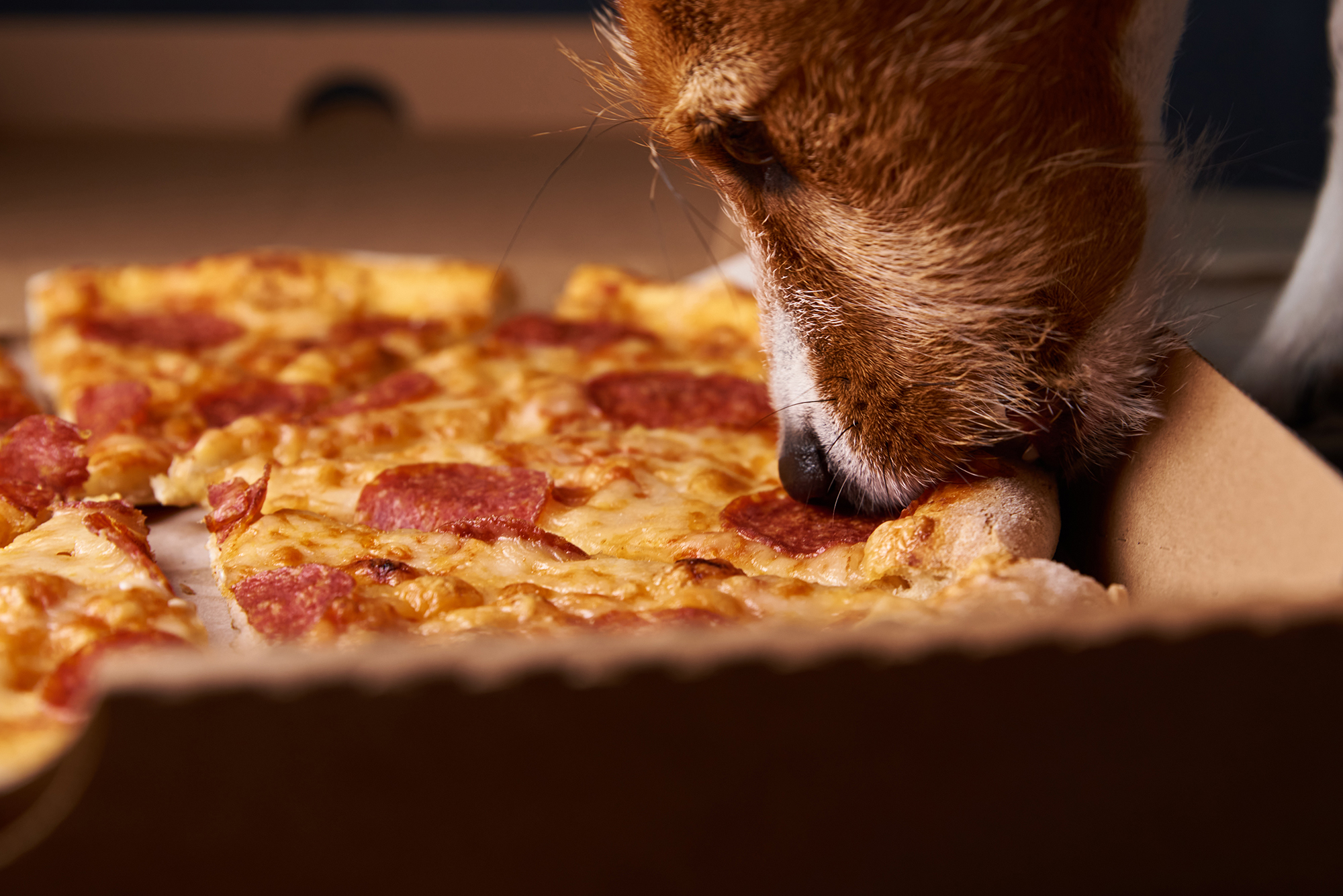
What’s Safe and What’s Not?
Growing up on a farm, our dogs were tough. They roamed the pastures, slept under the barn, and ate just about anything they could get their paws on—whether we meant for them to or not. I’ll admit, I never thought twice when one of our old cow dogs snatched a biscuit off the table or licked up a spill from the barn floor. I’ve even seen a dog steal a whole rib bone off a plate and trot off like he’d won the lottery. And somehow, they always seemed fine.
But here’s the thing—just because they survived doesn’t mean it was safe. For every farm dog that lucked out, there’s another that wasn’t so fortunate. Some human foods can be downright toxic to dogs, and a little bit of bad luck (or a smaller, more sensitive dog) can turn a harmless snack into an emergency.
Common toxic foods lying around the farmhouse
If you’ve got a farm dog—or any dog, really—you need to be aware of the dangers lurking in everyday foods. Some of the biggest culprits include:
Chocolate – The darker it is, the worse it is. Even a little can cause vomiting, seizures, or worse.
Grapes & Raisins – No one’s exactly sure why, but they can cause kidney failure fast.
Onions & Garlic – In large enough amounts, these can destroy red blood cells, leading to anemia.
Xylitol (Found in Sugar-Free Gum & Candy) – This artificial sweetener can send a dog’s blood sugar crashing and cause liver failure.
Alcohol – Even small amounts can be deadly to dogs, affecting their nervous system much more than it does ours.
Bones from Cooked Meat – While not necessarily toxic, they can splinter and cause serious internal injuries.
Macadamia Nuts – These can lead to weakness, vomiting, and even paralysis in dogs.
What to do if your dog eats something toxic
First, don’t panic—but don’t ignore it either. If you know your dog ate something dangerous, call your vet immediately. They can tell you whether to induce vomiting or if it’s something that requires urgent care. If it’s after hours, contact the ASPCA Animal Poison Control Center (888-426-4435) or the Pet Poison Helpline (855-764-7661).
Prevention is always the best medicine, so keep toxic foods out of reach. That might mean keeping the trash can secured, making sure kids don’t slip the dog a treat under the table, or just being more mindful of what’s left on the counter.
Our farm dogs might have been lucky, but luck isn’t a great strategy when it comes to their health. A little awareness goes a long way in making sure they stay happy, healthy, and ready for the next day’s work.
For more information
ASPCA Animal Poison Control: www.aspca.org/pet-care/animal-poison-control
Pet Poison Helpline: www.petpoisonhelpline.com
Visit www.akc.org/expert-advice/nutrition/foods-your-dog-should-never-eat
Country Lifestyle
Summer Squash and Corn Chowder
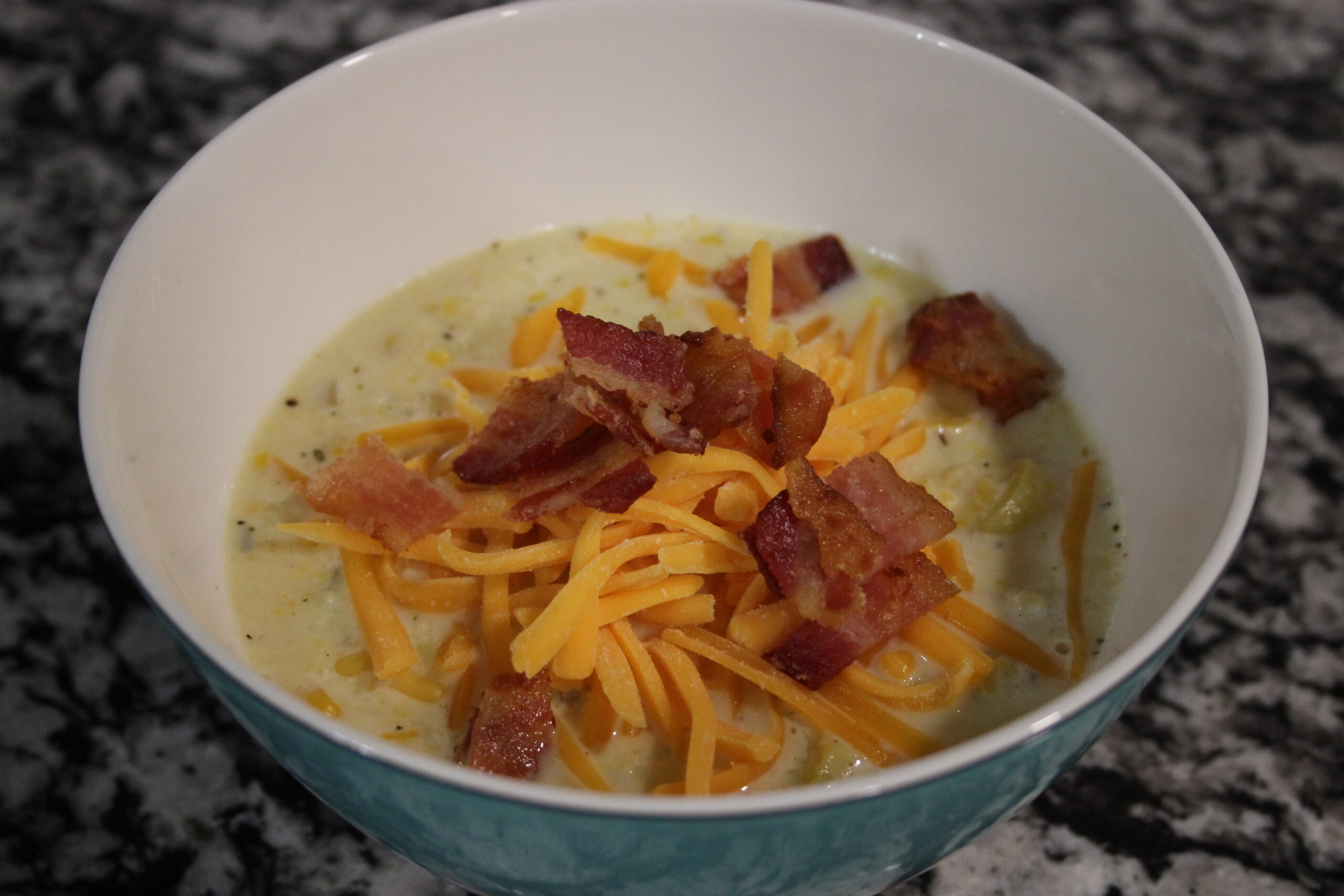
By Lacey Vilhauer
Total time: 40 minutes
Servings: 6-7
Ingredients
- 6 slices bacon, cooked and crumbled and 1 1/2 Tbsp rendered bacon fat reserved
- 1 1/2 lbs yellow squash, chopped (about 3 medium)
- 2/3 cup thinly sliced celery
- 1 cup diced onion
- 1 Tbsp flour
- 2 cloves garlic, minced
- 2 3/4 cup milk (I used 1%)
- 5 cups canned or fresh cut corn (from about 6 ears corn), divided
- 1/2 cup heavy cream
- 1 1/2 tsp chopped fresh thyme (or 1/2 tsp dried)
- 3/4 tsp salt, then more to taste
- 1/4 tsp freshly ground black pepper, then more to taste if desired
- 3/4 cup shredded cheddar cheese, for serving
- Chopped green onion for garnish (optional)
Instructions
Heat 4 tsp reserved bacon fat in a large pot over medium-high heat. Add celery and onion and sauté 2 minutes then add the squash.
Saute until tender, about 6 minutes, adding in garlic and flour during last 2 minutes of sauteing. Reduce heat slightly.
Add 1 1/2 cups milk, 2 cups of the corn, thyme, salt and pepper to the sauteed veggies.
To a blender add remaining 3 cups of corn, remaining 1 1/4 cups milk and the cream. Process in blender until nearly smooth (about 30 seconds).
Add pureed mixture to pot and stir to blend. Cook until mixture reaches a light boil.
Serve warm with shredded cheese, crumbled bacon and sliced green onions if desired.
-

 Attractions8 years ago
Attractions8 years ago48 Hours in Atoka Remembered
-

 Country Lifestyle9 years ago
Country Lifestyle9 years agoThe House a Treasure Built
-

 Country Lifestyle4 years ago
Country Lifestyle4 years agoThe Two Sides of Colten Jesse
-

 Outdoors7 years ago
Outdoors7 years agoGrazing Oklahoma: Honey Locust
-

 Equine8 years ago
Equine8 years agoUmbilical Hernia
-

 Outdoors5 years ago
Outdoors5 years agoPecan Production Information: Online Resources for Growers
-

 Farm & Ranch7 years ago
Farm & Ranch7 years agoHackberry (Celtis spp.)
-
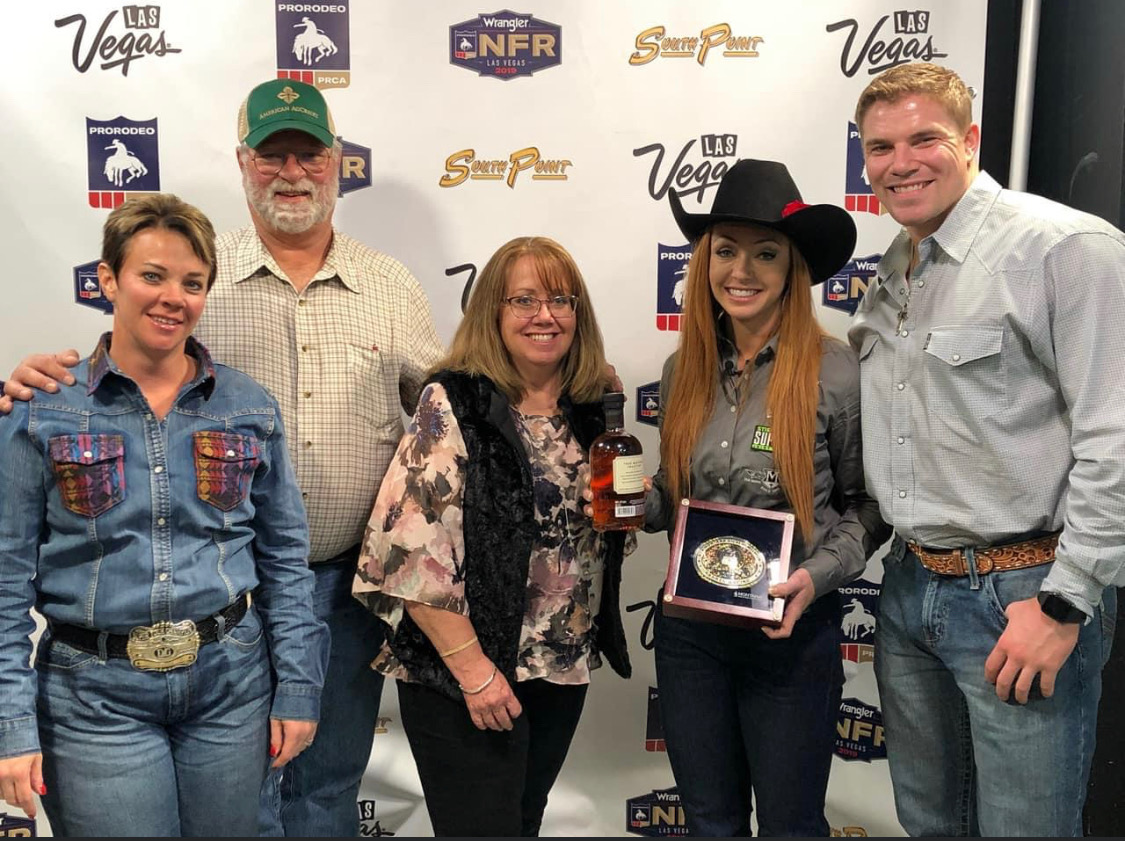
 Equine5 years ago
Equine5 years agoOn the Road with Emily Miller-Beisel


